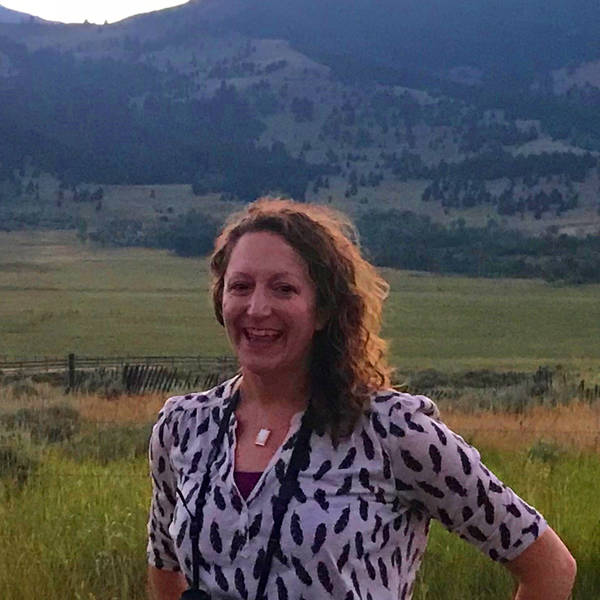The California desert is in the midst of an impressive, organic marketing campaign, wowing visitors with unusually profuse flower displays. Spoiler alert: It’s working.
The Super Bowl is long gone—it’s super bloom time.
Last fall’s abnormal levels of rainfall in the California desert have led to stunning results, including endless fields of desert gold, desert five-spots, and countless other flowers.
Video by Jason Fitzpatrick, “The Muir Project.”
Home to the hottest place on Earth and the driest place in North America, Death Valley National Park’s harsh conditions do not typically bode well for fragile wildflowers. However, thanks to El Niño storm conditions, wildflower seeds that have laid in waiting for years are sprouting to life.
On a recent visit, a colleague and I approached the Death Valley National Park entrance sign on Harry Wade Road, and creosote gave way to blankets of yellow blooms, covering both sides of the dirt road.
At Saratoga Springs, chirping frogs and swirling pupfish native to the springs greeted us, along with hills covered in caltha-leaf phacelia, sand verbena, and desert gold, as well as rocks covered with posing zebra-tailed lizards and desert iguanas.
Throughout our many stops during the day to photograph or just enjoy the silence while standing in a field of color, fellow visitors expressed their appreciation for the show, which Death Valley National Park biologists are calling the best in more than a decade.
A National Park Service video on the 2016 super bloom.
Even with increased visitation during the super bloom and the super comfortable weather, it’s easy to find areas to explore or just relax with only the sounds of nature in your ears in this 3.3 million-acre natural treasure.
The super bloom memories will continue to stay with me long after the desert dust and “paint” from the flower pollen clears from my hiking boots, but those looking to visit the park should not delay. While flowers will continue to bloom in higher elevations through June, the super bloom is only expected to last until mid-March. The time to secure camping permits or hotel reservations in gateway towns like Shoshone, Tecopa, Baker, and other communities on the south side of the park is now.
Travel note: The same rains that are allowing an unusually large number of wildflowers to bloom have also caused significant damage, forcing the closure of Scotty’s Castle and some park roads. Check the Park Service website for the latest updates and alerts.
About the author
-
 Kati Schmidt Director, Communications, Alaska, Northern Rockies
Kati Schmidt Director, Communications, Alaska, Northern RockiesKati Schmidt is based in Oakland, CA, and leads media outreach and communications for the Pacific, Northwest, Northern Rockies, Alaska, and Southwest regions, along with NPCA's national wildlife initiatives.